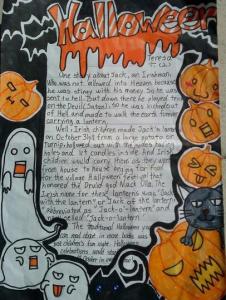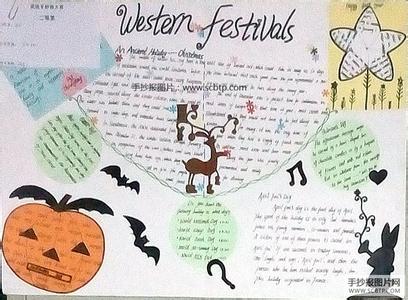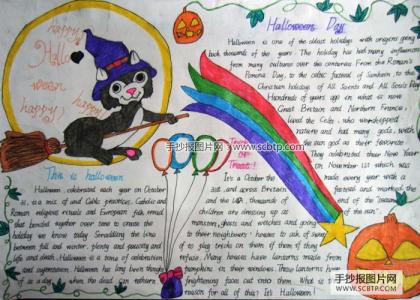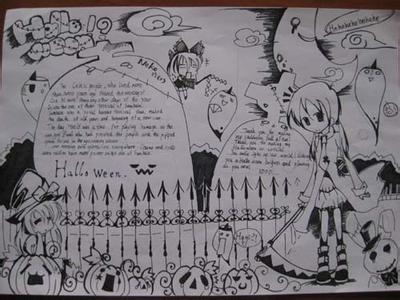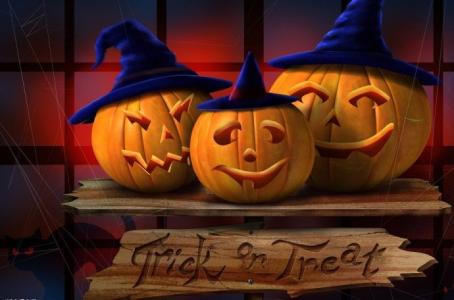万圣节的由来英文
Halloween was called Samhain by the Irish. It came to be known as Halloween sometime around the fifth century A.D. .
Samhain took place on October 31 through to November 1. During this period, it was believed that the boundaries between our world and the world of the dead were weakened, allowing spirits of the recently dead to cross over and possess the living.
To celibrate the festival, the Irish would dress up in bizarre costumes and parade through their villages, causing destruction and saying "Trick-or-Treat", in order to scare off any recently departed souls who might be prowling for bodies to inhabit.
This yearly festival was later brought to the other regions of the world, including continental Europe and North America. Irish immigrants brought several customs with them, including one of the symbols most commonly associated with Halloween -- the "Jack Lantern".
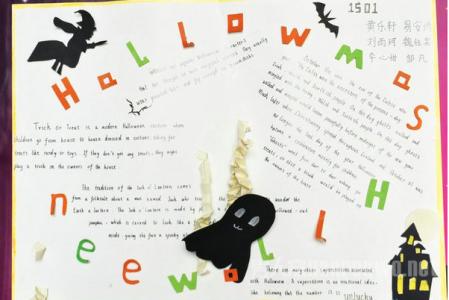
According to Irish folklore, there once lived a man named Jack who was known for being a drunk and a prankster. One night Jack tricked the devil into climbing a tree, and quickly carved an image of a cross on the trunk, trapping the devil. Jack then made him promise that, in exchange for letting him out of the tree, the Devil would never tempt him to sin again. He reluctantly agreed, but was able to exact his revenge upon Jack's death. Because of his mischievous ways in life, Jack was barred from entering heaven and because of his earlier trick; he was also barred from hell. So he was doomed to wander the earth until the end of time, with only a "Jack Lanterns" to warm him.
In Ireland, they originally used turnips for their "Jack Lanterns", but upon arriving in north America, they discovered that pumpkins were abundant and easier to carve out.
注:相关万圣节知识阅读请移步到万圣节惊魂之夜 搞怪万圣节专题
 爱华网
爱华网